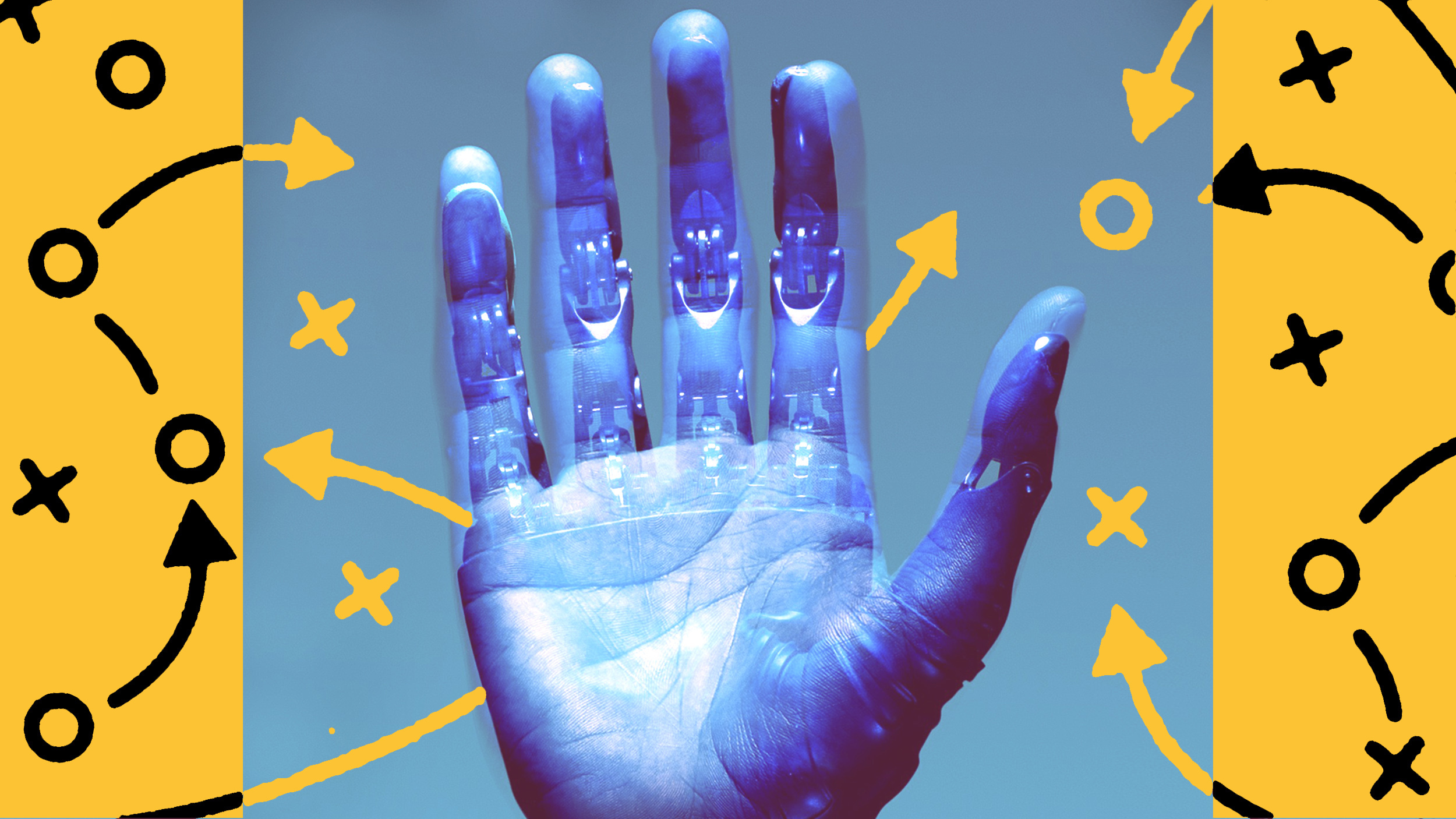Make a little time for yourself (in a 24/7 world)

We all know that work-life balance can be difficult, but do we make it harder on ourselves by how we choose to conceptualize the idea? More specifically, is the concept of “balance” throwing us out of whack?
Balance implies equilibrium, a state in which all forces of a system are equally powerful and have equal influence. A top stands up straight only as long as the spinning momentum balances out the tug of gravity. The force of friction keeps the unicyclist upright. And a tightrope walker performs death-defying feats, but only if their momentum of inertia stays centered on the axis.
But what happens when these forces aren’t perfectly matched? The top topples, the unicyclist tumbles, and the tightrope walker has a very bad, no-good day.
The problem with “work-life balance” is that the forces of work and life don’t exist in equilibrium. At times, our careers will have an outsized influence on our decision-making. Other times, we’ll set work aside to enjoy life’s many pleasures or deal with its potential hardships. The two will never be in a state of equality. By seeking balance, we’ve propped ourselves up to fall.
Instead, argues Bill George, former chairman and CEO of Medtronic, we should focus our efforts on a “work-life integration.” In this video lesson, he explains how we can make that happen.
Aim for work-life integration
- There’s no such thing as achieving a perfect work-life balance. Focus instead on being the same authentic person at work, at home, and in your community.
- Avoid burnout by carving out time for all of the elements of your life.
If “balance” implies equilibrium, then “integration” implies combining various components or aspects into a unified whole. In this scenario, we aren’t trying to balance the scales of work and life. We’re thinking like engineers and integrating subsystems to create a systematic whole that delivers an overarching functionality.
That sounds more than a little dry, so let’s work by analogy. Think of your computer. One program can never incorporate all of the functions you need. Such a program would be too unwieldy to be useful. Conversely, if you try to combine too many programs—each with its own functionality and goals—the whole system buckles and breaks down.
Instead, we should thoughtfully choose the programs we need to accomplish our goals and co-ordinate them so that one links seamlessly to the other. Substitute “programs” for “life elements,” and you’ve got a sense of what Bill George is going for here.
Notice that we dropped “work” from “life elements.” It’s not “work-life elements,” and that’s because work isn’t an opposite yet equal force reacting against life. It’s an element within life.
This is why the integration concept helps us be more authentic. We view all of these elements as part of the desired system. And the system we create by combining them becomes an expression of ourselves.
Make thoughtful trade-offs
- It’s important to create space for family, friends, and fun. Put boundaries around your time.
- Think consciously about where you want to focus your energy. Ask: Outside of work, what’s most important to me now? My community? My kids? Something else?
- Remember: You can’t get back the time you sacrifice today.
Another reason the balance framework leads to frustration is that equilibrium doesn’t allow for trade-offs. When tightrope walkers lean heavily to one side, they don’t get to make it up farther down the line. They instead have a few precious seconds to admonish their mistake.
But a properly running system does allow for trade-offs. In fact, trade-offs can be necessary to the coordination of a system’s various elements.
For example, you may find yourself trying to integrate too many life elements at once. You want to be successful at your job, be an attentive spouse, help your kids with math, care for an aging parent, donate your time to giving back to the community, and, oh, isn’t it your night for the dishes? Dispersing your mental resources and physical energy across so many life elements will only end in burnout.
However, under the integration model, you can make trade-offs at the moment and then reinvest in certain elements later. Maybe scale back on community service while the kids are young and then re-integrate it when your kids have grown into more independent people.
This approach of holistic integration doesn’t try to carve out an equal number of hours per day per element. But it does as you to think consciously about what you need in your life system, what you can do without, what you can scale back on, and how to integrate those thoughtfully. And remember fun, health, sleep, and communing with others are absolutely necessary to prevent your system from crashing.
Make authenticity the keystone of your management style with lessons ‘For Business‘ from Big Think+. At Big Think+, Bill George joins more than 350 experts to teach an expert class in leadership and healthy career choices. This expert class, “Becoming an Authentic Leader,” contains these lessons:
- The Gold Standard
- Find Your True North
- A Case Study in Knowing Your Values from Inside Nixon’s White House
- Find Your Sweet Spot
- Build Your Support Team Around 3 Key Players
- Make Time For Yourself in a 24/7 World
- Succeed Around the World with Higher Global Intelligence (GQ)
Request a demo today!




